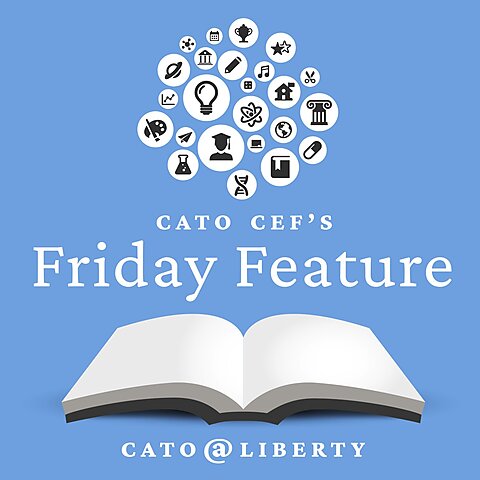Meh. This seems to be the best way to summarize how people feel about school—they don’t love it, they don’t hate it. But the overall view is negative. Meanwhile, research shows that students become less engaged the longer they stay in school. And a survey of high school dropouts found nearly 50 percent said they left school because classes weren’t interesting or relevant to their lives or future goals.
But what if school was different? What if it was more tailored to individual needs and interests? What if there was a wide variety of educational options that parents could choose from to customize their children’s education?
Believe it or not, this world already exists—and the Friday Feature series on the Cato at Liberty blog highlights examples of it each week. Hybrid and microschools that often combine the best elements of homeschooling and in‐person education. Homeschooling resources that help parents ensure their kids are getting the education they seek. Traditional schools that are taking an unconventional approach to learning. Public policies, like education savings accounts (ESAs), which let parents use a portion of state education dollars to pay for a variety of learning options. And education entrepreneurs who are creating these innovative resources.
The education system is being transformed. School choice programs that allow funding to follow students to private schools have been around for decades. The first modern voucher program was enacted in Milwaukee in 1990. Arizona can claim credit for the first tax credit scholarship (1997) and ESA (2011).
But recent years have seen a rapid expansion. Early programs were limited to students who met certain qualifications, like income limits or special needs. In 2020, not a single state had a universal school choice program, but there are now 10 states with universal or nearly universal programs.
In the 1800s perhaps it seemed reasonable to design the education system the way it is—with students assigned to specific schools based on where they lived. Transportation and communication were difficult then. But we no longer live in that world. There’s no reason to limit students’ educational options to a school they happen to live near—or to the hours between 8 a.m. and 3 p.m., Monday through Friday.
The Friday Feature is meant to be a resource for people who are looking for better educational solutions. Parents who are seeking the best education for their children, teachers who want to create their own place of learning where they have flexibility and autonomy, and policymakers who want to support these efforts can find inspiration each week in the Cato Friday Feature.
If you’re new to the series or have missed any, we’ve got you covered. All this week, the Cato Institute’s Center for Educational Freedom will be having a Friday Feature Marathon on X (Twitter) to help spread the word about educational options and how they can spread even more with school choice. Stay tuned!

